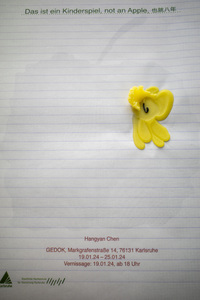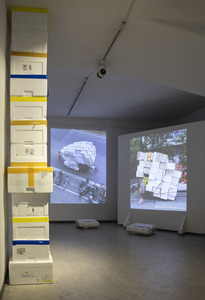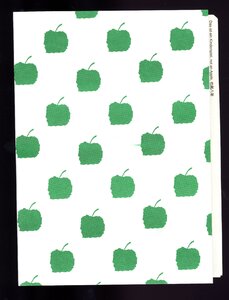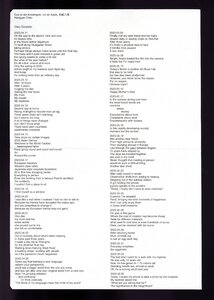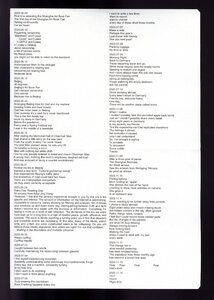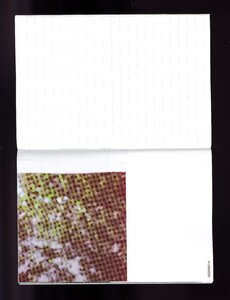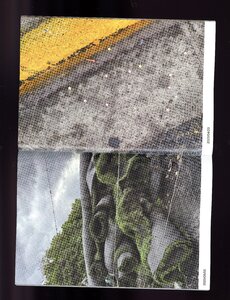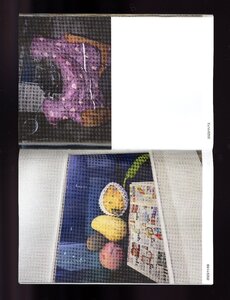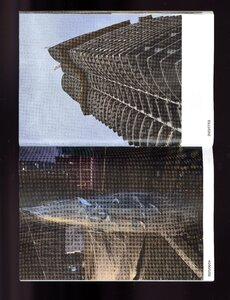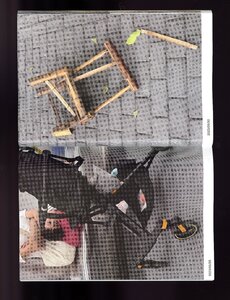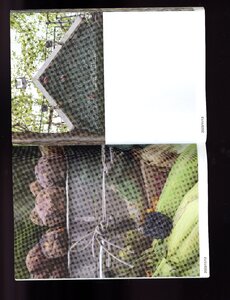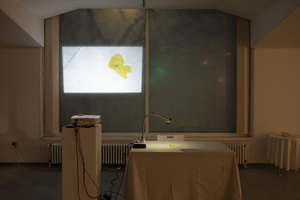"Websites der Fachbereiche"
| Begriff | Websites der Fachbereiche |
| Metakey | Freigabe Nutzung HfG (rights:usage_hfg) |
| Typ | Keyword |
| Vokabular | Rechte |
1761 Inhalte
- Seite 1 von 147
Doku_Das ist ein Kinderspiel, not an Apple, 也就⼋年
- Titel
- Doku_Das ist ein Kinderspiel, not an Apple, 也就⼋年
- Untertitel
- Dokumentation
- Autor/in
- Kategorie
- Schlagworte
- Datierung
- 19.01.2024
- Titel
- Doku_Das ist ein Kinderspiel, not an Apple, 也就⼋年
- Urheberrechtshinweis
- © Hangyan Chen
- Freigabe Nutzung HfG
- Beziehung/Funktion
- Semester
- Studiengang
- Typ der Abschlussarbeit
- Importiert am
- 31.05.2024
- Übergeordnete Sets
- 1
Doku_Das ist ein Kinderspiel, not an Apple, 也就⼋年
- Titel
- Doku_Das ist ein Kinderspiel, not an Apple, 也就⼋年
- Autor/in
- Kategorie
- Schlagworte
- Datierung
- 19.01.2024
- Titel
- Doku_Das ist ein Kinderspiel, not an Apple, 也就⼋年
- Urheberrechtshinweis
- © Hangyan Chen
- Freigabe Nutzung HfG
- Beziehung/Funktion
- Semester
- Studiengang
- Typ der Abschlussarbeit
- Importiert am
- 31.05.2024
- Übergeordnete Sets
- 1
Publikation zur Ausstellung
- Titel
- Publikation zur Ausstellung
- Untertitel
- Publikation Design: Jonathan Blaschke und Moritz Simon
- Autor/in
- Kategorie
- Schlagworte
- Mitwirkende
- Sprache
- Titel
- Publikation zur Ausstellung
- Urheberrechtshinweis
- © Hangyan Chen
- Freigabe Nutzung HfG
- Beziehung/Funktion
- Semester
- Studiengang
- Typ der Abschlussarbeit
- Importiert am
- 31.05.2024
- Übergeordnete Sets
- 1
Publikation zur Ausstellung
- Titel
- Publikation zur Ausstellung
- Untertitel
- Publikation Design: Jonathan Blaschke und Moritz Simon
- Autor/in
- Kategorie
- Schlagworte
- Mitwirkende
- Sprache
- Titel
- Publikation zur Ausstellung
- Urheberrechtshinweis
- © Hangyan Chen
- Freigabe Nutzung HfG
- Beziehung/Funktion
- Semester
- Studiengang
- Typ der Abschlussarbeit
- Importiert am
- 31.05.2024
- Übergeordnete Sets
- 1
Publikation zur Ausstellung
- Titel
- Publikation zur Ausstellung
- Untertitel
- Publikation Design: Jonathan Blaschke und Moritz Simon
- Autor/in
- Kategorie
- Schlagworte
- Mitwirkende
- Sprache
- Titel
- Publikation zur Ausstellung
- Urheberrechtshinweis
- © Hangyan Chen
- Freigabe Nutzung HfG
- Beziehung/Funktion
- Semester
- Studiengang
- Typ der Abschlussarbeit
- Importiert am
- 31.05.2024
- Übergeordnete Sets
- 1
Publikation zur Ausstellung
- Titel
- Publikation zur Ausstellung
- Untertitel
- Publikation Design: Jonathan Blaschke und Moritz Simon
- Autor/in
- Kategorie
- Schlagworte
- Mitwirkende
- Sprache
- Titel
- Publikation zur Ausstellung
- Urheberrechtshinweis
- © Hangyan Chen
- Freigabe Nutzung HfG
- Beziehung/Funktion
- Semester
- Studiengang
- Typ der Abschlussarbeit
- Importiert am
- 31.05.2024
- Übergeordnete Sets
- 1
Publikation zur Ausstellung
- Titel
- Publikation zur Ausstellung
- Untertitel
- Publikation Design: Jonathan Blaschke und Moritz Simon
- Autor/in
- Kategorie
- Schlagworte
- Mitwirkende
- Sprache
- Titel
- Publikation zur Ausstellung
- Urheberrechtshinweis
- © Hangyan Chen
- Freigabe Nutzung HfG
- Beziehung/Funktion
- Semester
- Studiengang
- Typ der Abschlussarbeit
- Importiert am
- 31.05.2024
- Übergeordnete Sets
- 1
Publikation zur Ausstellung
- Titel
- Publikation zur Ausstellung
- Untertitel
- Publikation Design: Jonathan Blaschke und Moritz Simon
- Autor/in
- Kategorie
- Schlagworte
- Mitwirkende
- Sprache
- Titel
- Publikation zur Ausstellung
- Urheberrechtshinweis
- © Hangyan Chen
- Freigabe Nutzung HfG
- Beziehung/Funktion
- Semester
- Studiengang
- Typ der Abschlussarbeit
- Importiert am
- 31.05.2024
- Übergeordnete Sets
- 1
Publikation zur Ausstellung
- Titel
- Publikation zur Ausstellung
- Untertitel
- Publikation Design: Jonathan Blaschke und Moritz Simon
- Autor/in
- Kategorie
- Schlagworte
- Mitwirkende
- Sprache
- Titel
- Publikation zur Ausstellung
- Urheberrechtshinweis
- © Hangyan Chen
- Freigabe Nutzung HfG
- Beziehung/Funktion
- Semester
- Studiengang
- Typ der Abschlussarbeit
- Importiert am
- 31.05.2024
- Übergeordnete Sets
- 1
Publikation zur Ausstellung
- Titel
- Publikation zur Ausstellung
- Untertitel
- Publikation Design: Jonathan Blaschke und Moritz Simon
- Autor/in
- Kategorie
- Schlagworte
- Mitwirkende
- Sprache
- Titel
- Publikation zur Ausstellung
- Urheberrechtshinweis
- © Hangyan Chen
- Freigabe Nutzung HfG
- Beziehung/Funktion
- Semester
- Studiengang
- Typ der Abschlussarbeit
- Importiert am
- 31.05.2024
- Übergeordnete Sets
- 1
Publikation zur Ausstellung
- Titel
- Publikation zur Ausstellung
- Untertitel
- Publikation Design: Jonathan Blaschke und Moritz Simon
- Autor/in
- Kategorie
- Schlagworte
- Mitwirkende
- Sprache
- Titel
- Publikation zur Ausstellung
- Urheberrechtshinweis
- © Hangyan Chen
- Freigabe Nutzung HfG
- Beziehung/Funktion
- Semester
- Studiengang
- Typ der Abschlussarbeit
- Importiert am
- 31.05.2024
- Übergeordnete Sets
- 1
Doku_Das ist ein Kinderspiel, not an Apple, 也就⼋年
- Titel
- Doku_Das ist ein Kinderspiel, not an Apple, 也就⼋年
- Untertitel
- Dokumentation
- Autor/in
- Kategorie
- Schlagworte
- Datierung
- 19.01.2024
- Titel
- Doku_Das ist ein Kinderspiel, not an Apple, 也就⼋年
- Urheberrechtshinweis
- © Hangyan Chen
- Freigabe Nutzung HfG
- Beziehung/Funktion
- Semester
- Studiengang
- Typ der Abschlussarbeit
- Importiert am
- 01.06.2024
- Übergeordnete Sets
- 1
